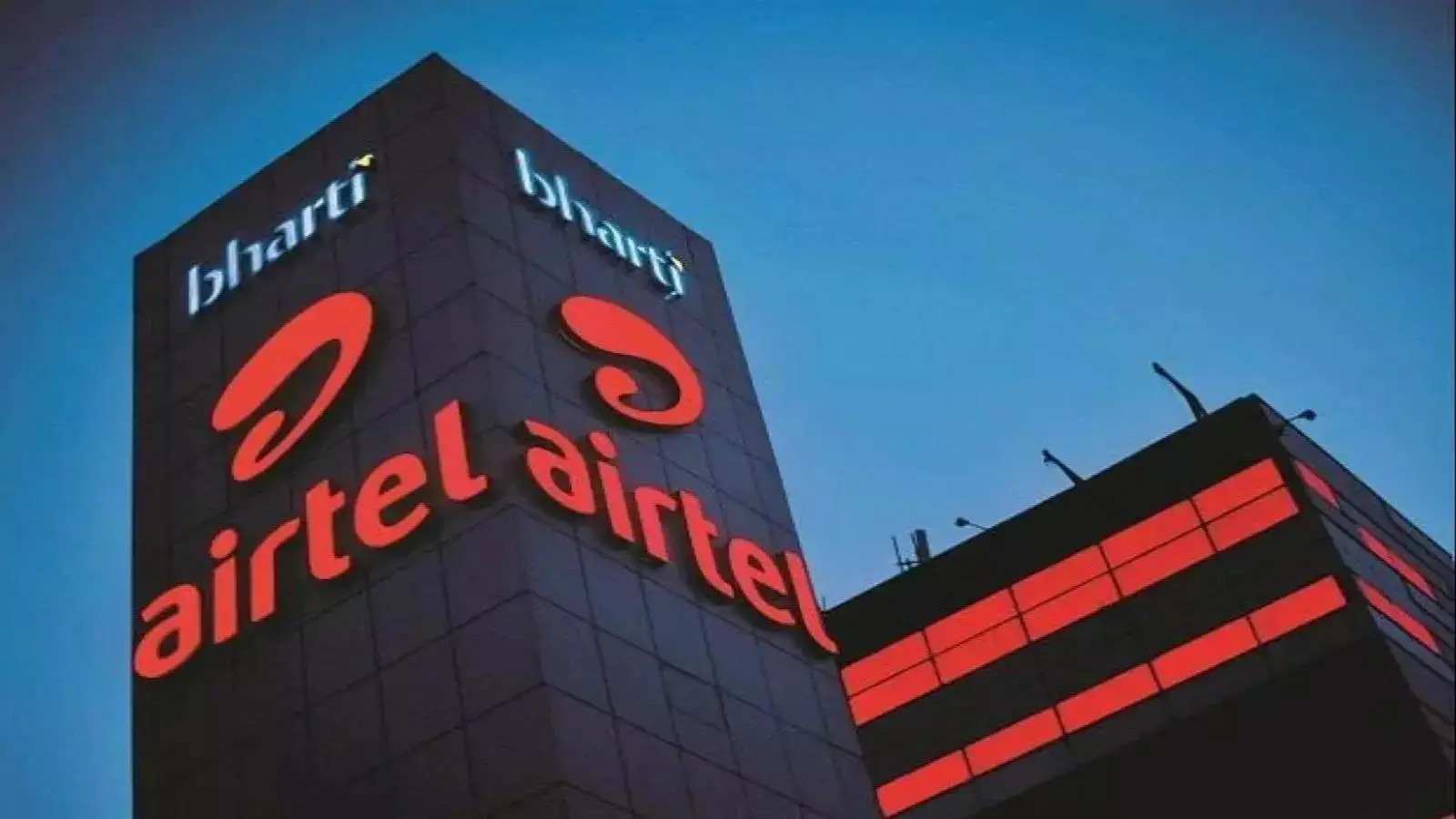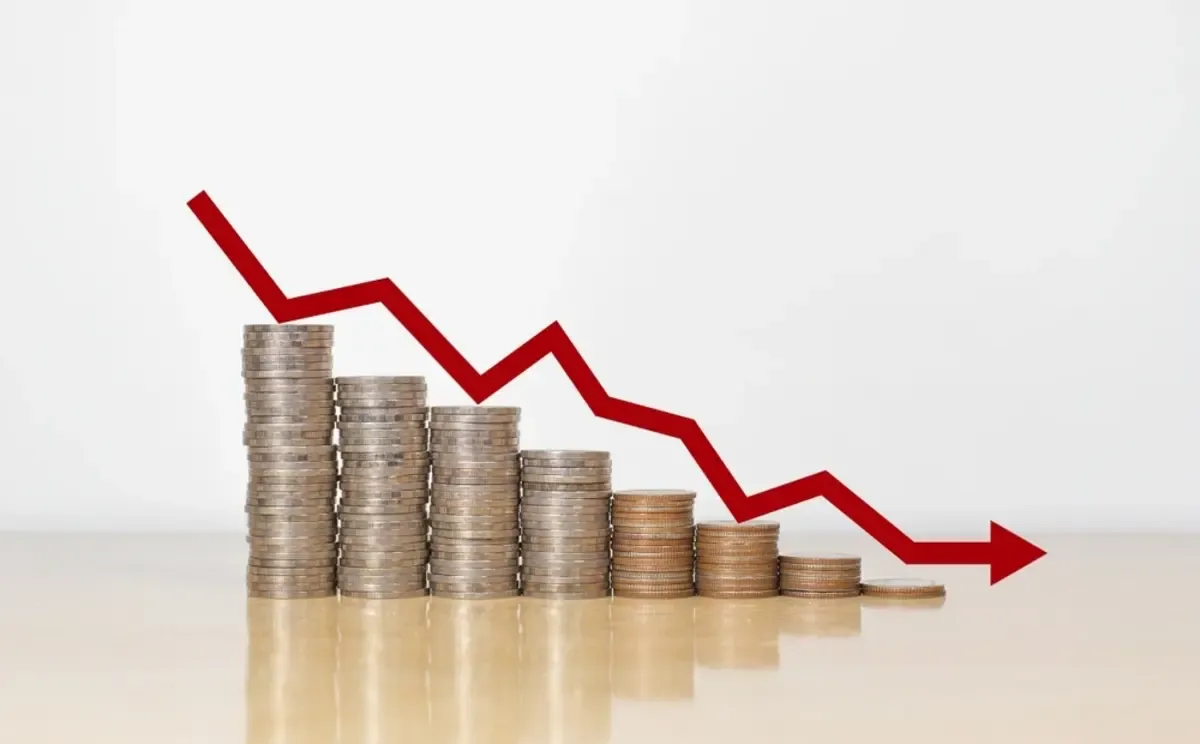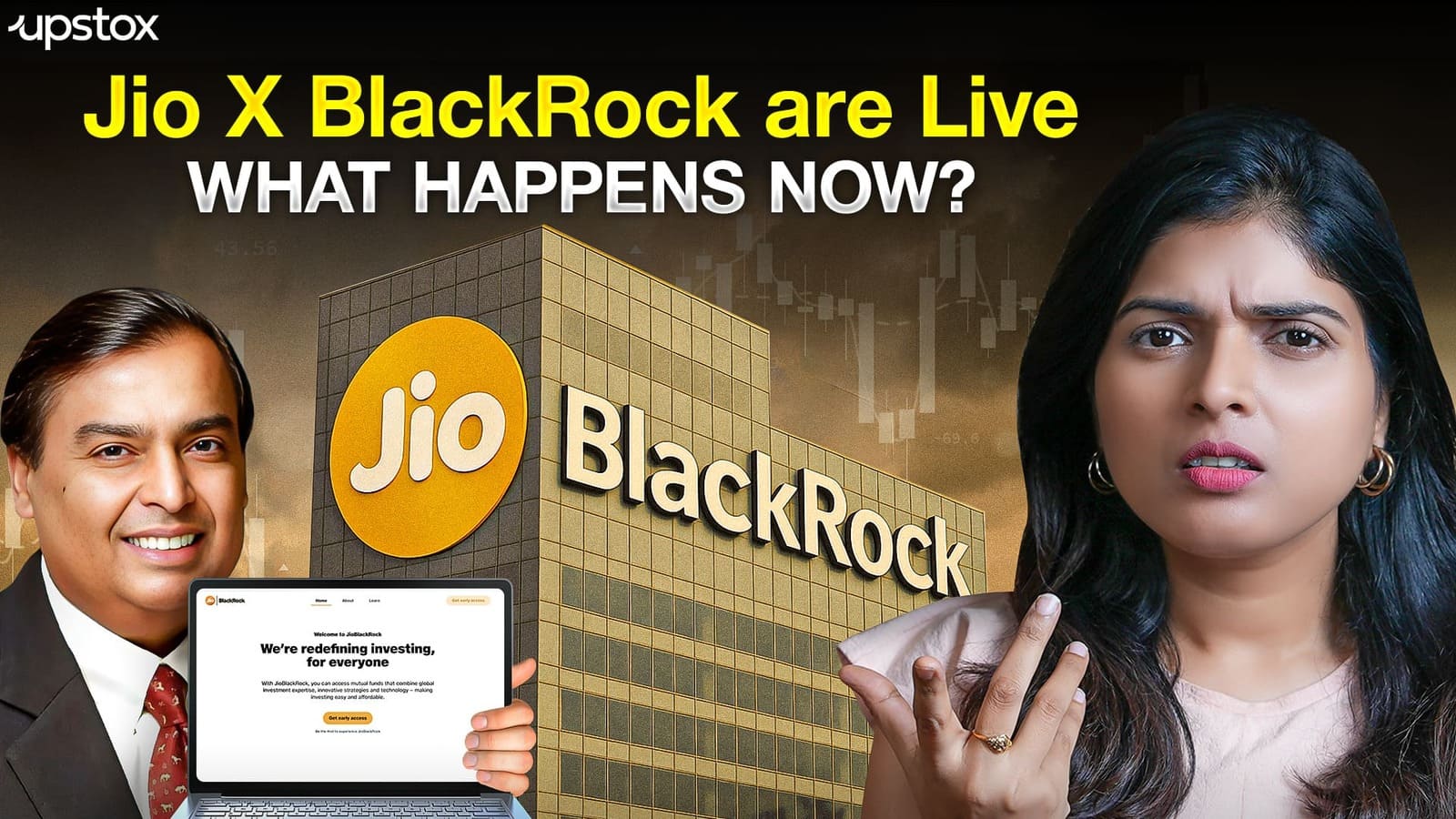Market News
Bharti Airtel shares hit all-time high, up 35% in 2025: Here’s what S&P Global Ratings said about the telecom
.png)
4 min read | Updated on November 18, 2025, 15:20 IST
SUMMARY
Following the development, Bharti Airtel shares gained spotlight which has been rising for the seventh consecutive session. At 3:05 PM, the stock was trading at ₹2,152.10 per share on NSE, climbing 1.89%
Stock list

S&P said India's telco industry competitive dynamics can accommodate Bharti Airtel's continued growth.
S&P Global Ratings in its report said it expects the telco's earnings growth will remain robust over the next 24 months fuelled by Indian operations, subscriber adds and user revenue lift. The outlook for the Indian operations stems from expectations of 2% to 4% of annual subscriber additions and average revenue per user (ARPU) growth of 6% to 8% in the same period, a fall out of upgrades to higher-priced plans and higher data consumption.
The positive outlook reflects S&P Global Ratings' view that Bharti Airtel's continued deleveraging, and a correspondingly supportive leverage tolerance, could support a higher long-term issuer credit rating over the next 24 months.
S&P Global Ratings believes Bharti Airtel's earnings growth will remain robust over the next 24 months, fuelled by its Indian operations, according to a filing by the Sunil Mittal-led telco.
Airtel has been able to increase its ARPU in the Indian mobile segment faster through industry-wide tariff hikes in July 2024 (when it raised the prices on its mobile plans by 10-21%). Its ARPU reached Rs 256 in the second quarter of FY26, up 21% from the quarter ended June 2024.
“In addition, Bharti Airtel has been gaining wireless subscribers in the segment, alongside the largest telco, Reliance Jio Infocomm Ltd., partly benefitting from churn from third-placed Vodafone Idea,” the note said, adding that the churn from Vodafone Idea is likely due to its under-investment in its network.
Bharti Airtel had 364 million wireless customers as of September 2025, up from 351 million a year ago.
“We forecast earnings from the Africa business to remain around 20% of Bharti Airtel's consolidated earnings through fiscal 2027,” it said.
Further, S&P said India's telco industry competitive dynamics can accommodate Bharti Airtel's continued growth. The India telco industry has largely consolidated to the current state where the top three players make up more than 90% of the market (by wireless subscribers).
"Specifically, we estimate that Bharti Airtel has a wireless subscriber market share of 34% now, against Reliance Jio's 41%, far exceeding Vodafone's 17%,” it said.
Plans by Reliance Jio to file for an IPO also support this notion, S&P Global Ratings said.
Bharti Airtel's rising earnings is driving improvement in cash flow, it said and forecast consolidated adjusted EBITDA will increase by 23-25% to about ₹1.2 lakh crore in fiscal 2026 and 7-8% annually over the subsequent two years.
Rising debt at Bharti Airtel’s parent could weigh on its improvement in creditworthiness, however, it said, adding Bharti Airtel is Bharti Telecom's largest investment.
Bharti Airtel share price
Following the development, Bharti Airtel shares gained spotlight which has been rising for the seventh consecutive session. At 3:05 PM, the stock was trading at ₹2,152.10 per share on NSE, climbing 1.89%.
In a week, Bharti Airtel shares have rallied over 5% while for a month’s time it rose 7%. From the beginning of the year, the telecom firm’s shares have zoomed 35%. It has a market capitalisation of ₹12.88 lakh crore.
Bharti Airtel Q2 earnings
The country's second largest telecom services company had reported net profit of ₹6,792 crore in the second quarter of current financial year, marking an increase of 26% from ₹3,593 crore in the same period last year.
Its revenue from operations jumped 26% to ₹52,145 crore in July-September period from ₹41,473 crore a year earlier. In the second quarter, Bharti Airtel reported operating profit or EBITDA of ₹29,919 crore with EBITDA margin at 57.4%. India business EBITDA came in at ₹23,204 crore and EBITDA margin stood at 60%.
Bharti Airtel's average revenue per user (ARPU), a key profitability metric of a telecom company, improved to ₹256 per user per month from ₹233 in the year-ago period.
Related News
About The Author
Next Story



